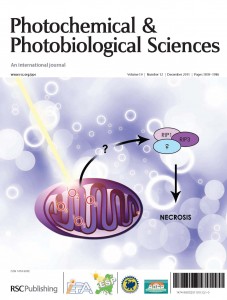The European Society for Photobiology is pleased to announce the 2012 ESP Photobiology School, taking place in Brixen/Bressanone in South Tyrol, Italy. The purpose of the school is to provide an introductory overview of all main aspects of photobiology, presented by experts in each area. The intention of the school is to cover the basic principles of photobiology and photochemistry of biomolecules as well as applications of such knowledge in understanding effects of climatic changes, influence of light on biological systems, applications of light in medicine and for other purposes.
The school will include basic lectures in each field that should be attended by all participants as well as optional special lectures in the same fields. The students will have the opportunity to present their results at a poster session. The course may act as a fundament for further research in the photobiological sciences.
The attendants may be MSc- and PhD-students, as well as others who would be interested in an overview of the photobiological sciences. However, the course will be designed for PhD students. The course will end with a short final test and an attendance certificate will be provided.
2012 ESP Photobiology School
Dates: 18-23 June, 2012
Location: “Casa della Gioventù Universitaria” of the University of Padova Via Rio Bianco 12, I-39042 Brixen/Bressanone, Italy
For further information please visit the website: http://www.esp-photobiology.it/school.html











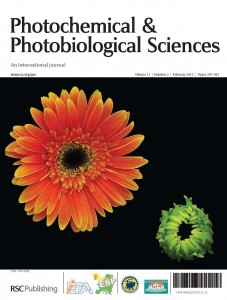
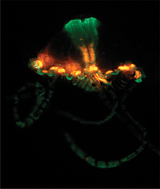 A team from Austin, Texas have reported two new proteins displaying primary structures never before encountered in natural FPs in a recently published PPS article. The proteins consist of multiple GFP-like domains repeated within the same polypeptide chain. A two-domain green FP (abeGFP) and a four-domain orange-fluorescent FP (Ember) were isolated from the siphonophore Abylopsis eschscholtzii and an unidentified juvenile jellyfish (order Anthoathecata), respectively.
A team from Austin, Texas have reported two new proteins displaying primary structures never before encountered in natural FPs in a recently published PPS article. The proteins consist of multiple GFP-like domains repeated within the same polypeptide chain. A two-domain green FP (abeGFP) and a four-domain orange-fluorescent FP (Ember) were isolated from the siphonophore Abylopsis eschscholtzii and an unidentified juvenile jellyfish (order Anthoathecata), respectively. 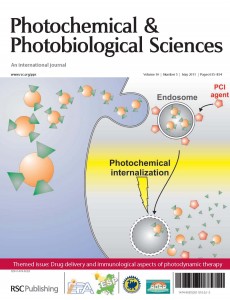
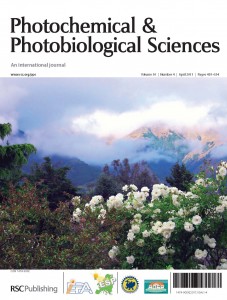
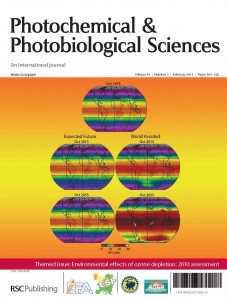
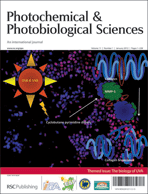 Welcome to the first issue of 2012 a themed issue on the biology of UVA! This issue dedicated to UVA contains several in-depth perspectives and original articles in the field highlighting key advances and provides an interesting and comprehensive journey through the UVA field, even those for whom this particular area is less familiar. You can read an introduction to this issue in Evelyn Sage and Rex Tyrrell’s
Welcome to the first issue of 2012 a themed issue on the biology of UVA! This issue dedicated to UVA contains several in-depth perspectives and original articles in the field highlighting key advances and provides an interesting and comprehensive journey through the UVA field, even those for whom this particular area is less familiar. You can read an introduction to this issue in Evelyn Sage and Rex Tyrrell’s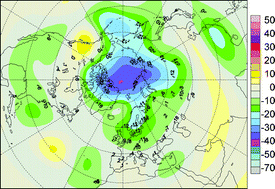 This issue is not only a themed issue, it also contains the 2011 progress report (an update on the full quadrennial report published in
This issue is not only a themed issue, it also contains the 2011 progress report (an update on the full quadrennial report published in 
